
16 best natural sunscreen products.
We've pulled the 16 best facial sunscreens that have been top-rated by Grove members. Select from any on the list and get them delivered to your door!
Read More

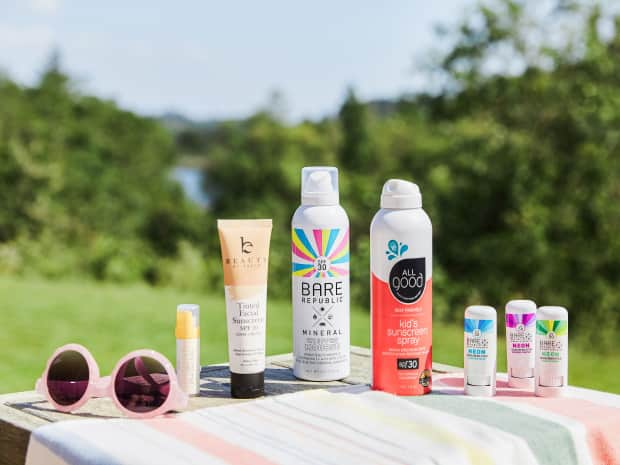
Last Updated: January 19, 2022
Sunscreen is complicated. But it doesn’t have to be! Come along as dermatologist Anna Chacon sheds light on your most commonly asked questions about sunscreen and which is best.
Hello! I’m Dr. Anna Chacon, a board-certified dermatologist. I’m originally from Miami, FL, where I run a private practice specializing in medical, surgical, and cosmetic dermatology.
My native ancestry has given me a deep interest in rural and indigenous healthcare, which has led me to part-time work in Alaska and California providing much-needed medical care for Native Alaskan and American Indian tribes.
In addition to my private practice and rural outreach, I work through the Miami Veterans Affairs Healthcare System serving veterans.
I love all aspects of dermatology, but sunscreen is one of my favorite subjects. Sunscreen is an integral part to any good skincare routine, and everyday I have patients ask me what type of sunscreen they should be using.
I’m excited to answer your most commonly asked questions and to give you some recommendations for the best natural sunscreens you can add to your beauty regimen.

There are many types of sunscreen to choose from, and it can be confusing and overwhelming to pick the right one for your needs.
To start, look for a mineral-based sunscreen that uses zinc oxide or titanium dioxide as its active ingredients, and choose a sunscreen that’s at least SPF 30—it offers the optimum amount of protection for daily wear.
Coola’s Mineral Sun Silk Creme with SPF 30 gets the job done with flying colors. It’s silky, smooth, and doesn’t leave a white cast. Plus it gives a nice glow to your skin.
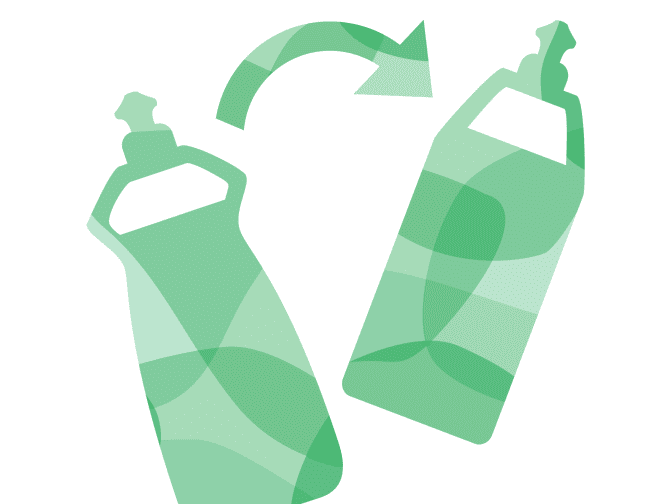
The sun emits two types of rays—UVA and UVB.
UVA rays are responsible for long-term effects, like wrinkles. UVB rays are the rays that cause sunburns and peeling.
SPF, or sun protection factor, tells you the percentage of UVB rays the sunscreen will protect you from. SPF 15 prevents around 93% of the sun’s UVB rays from reaching your skin, SPF 30 prevents around 95%, and SPF 50 prevents around 98%.

Of course! Broad spectrum sunscreens work well for everyone because they protect against both UVA and UVB rays.
UVA rays are known for premature aging while UVB rays cause sunburn.
Make sure your sunscreen says “broad spectrum” on the bottle, otherwise it only protects against UVB.
Remember—it’s always better to choose a sunscreen with a lower SPF that protects against UVA and UVB than a sunscreen with a higher SPF that only protects against UVB.
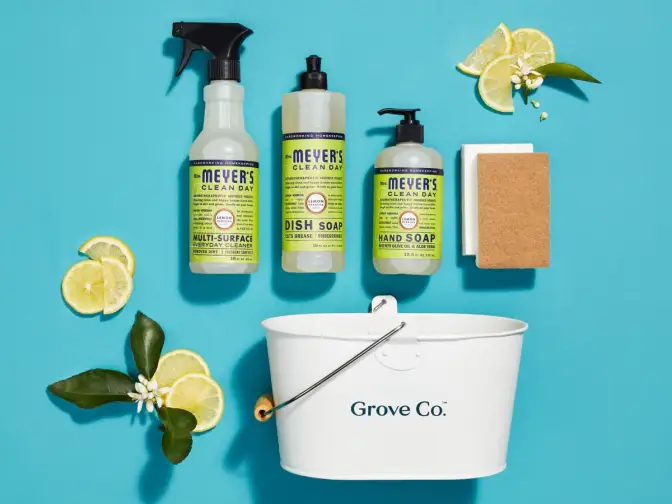
Wondering who Grove is, what types of products we offer, and how to get a free gift set when you sign up? Learn more about flexible monthly shipments, customizing your shipment, and joining millions of happy households — no monthly fees or commitments required.

The best sunscreen for your face is going to be a mineral sunscreen. Try to stay away from chemical sunscreens such as those with oxybenzone, avobenzone, cinnamates, benzophenone, and dibenzoylmethane, as allergists have found that these are the most common ingredients people have allergic reactions to.
Stick with physical blockers such as zinc oxide and titanium dioxide—they’re better for the environment, too.
I also recommend a tinted sunscreen, like the SPF 30 Mineral Tinted Sunscreens by Unsun. They come in two shades that work for lighter and darker skin tones. They both protect against UVA and UVB rays, and, as an added bonus, they leave a subtle tint and glow on your skin!

Before we get into which sunscreen is better for pregnant people, let’s talk about two different types of sunscreens—chemical and physical.
Chemical sunscreens are absorbed into the skin, where they catch the sun’s rays then release them through your body’s heat.
Physical sunscreens are blockers that sit on top of your skin and reflect sunlight away.
Physical blockers like titanium dioxide and zinc oxide are better for pregnant people because they aren’t absorbed into the skin. The actives in chemical sunscreens, such as oxybenzone, octinoxate, and homosalate, are eventually absorbed through the skin and into the bloodstream, where they could potentially cause hormone disruption.

The harsh ingredients present in chemical sunscreens can irritate a child’s skin, particularly in children with sensitive skin. In addition, the oxybenzone in some chemical sunscreens has been shown to disrupt hormones and cause negative effects like early puberty.
For children six months and older, it’s best to use physical sunscreens that are formulated for children and tested by dermatologists. I especially love Babyganic’s Sunscreen Stick. It is SPF 50, uses mineral actives titanium dioxide and zinc oxide to safeguard your baby’s skin, and provides broad spectrum protection from UVA and UVB rays.
Small children, six months and under, have extra sensitive skin and should avoid sunscreen if possible. Keep babies out of direct sunlight and in the shade, and if you know you’ll be outside for a while dress them in a wide-brimmed hat and sunglasses.

We've pulled the 16 best facial sunscreens that have been top-rated by Grove members. Select from any on the list and get them delivered to your door!
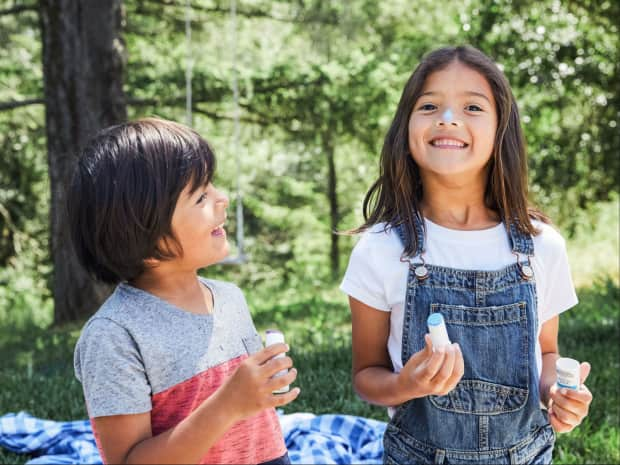
We've pulled the 9 best facial sunscreens made with minerals and natural ingredients that have been top-rated by Grove members. Select from any on the list and get them delivered to your door!

We've pulled the top 17 anti-aging skincare products as determined by Grove members. Select from any on the list and get them delivered to your door!
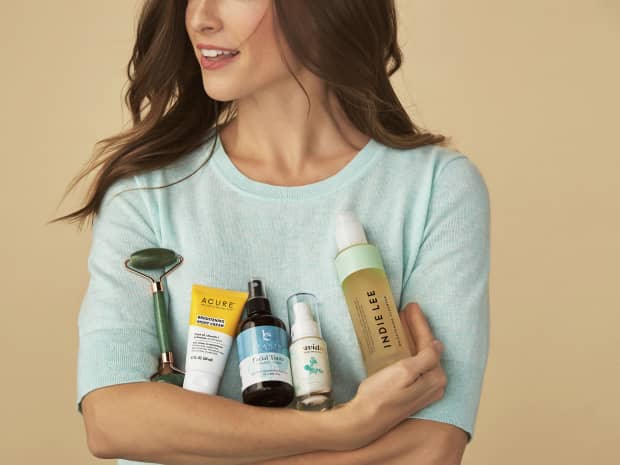
Are you using too many skincare products? Dermatologist Dr. Anna Chacon explains product overload and how to simplify your beauty routine for less irritation.